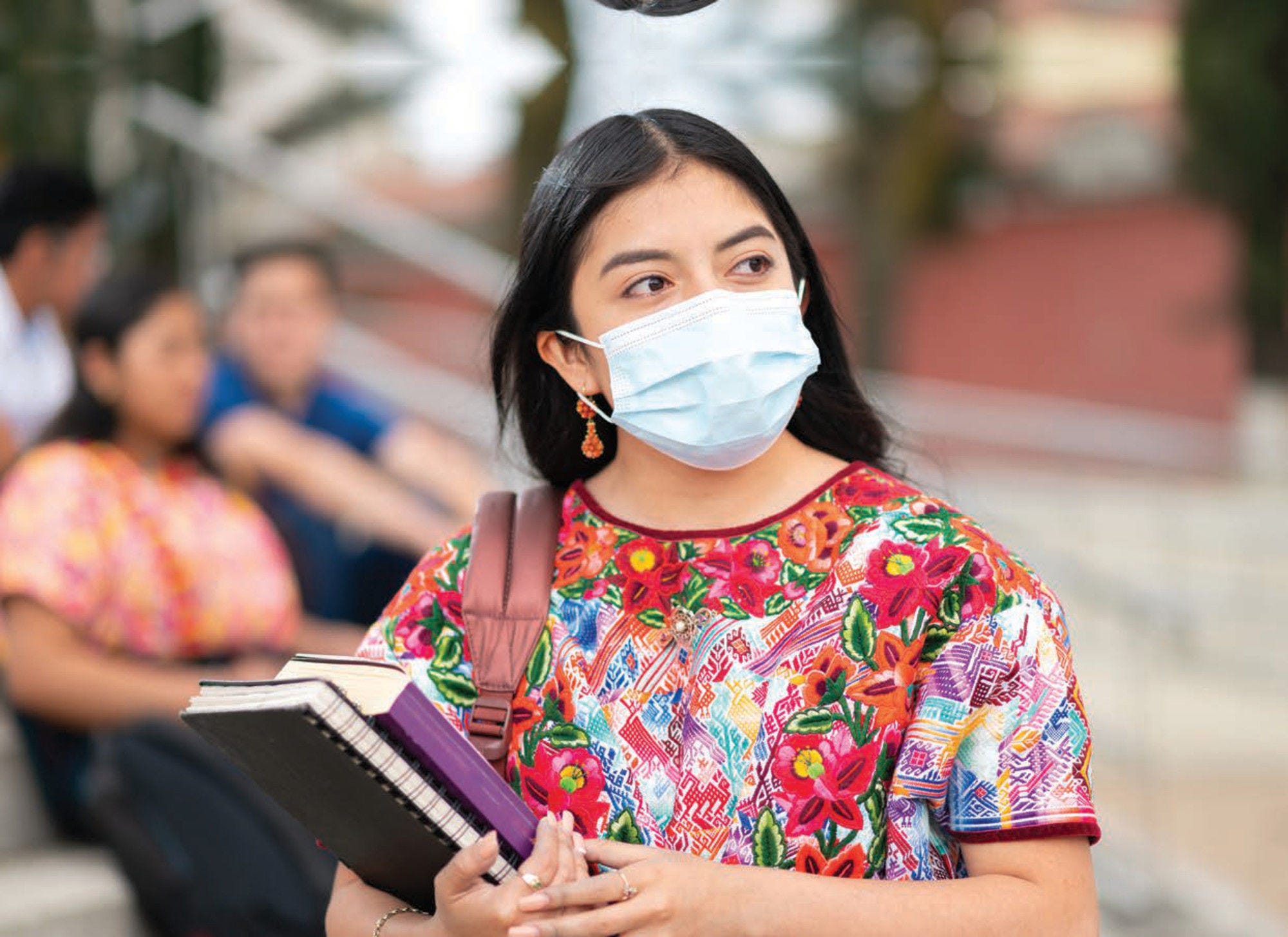The Sustainable Development Goal 5 calls for safe, effective, and appropriate medical technologies, which over the past century has profoundly influenced service delivery and health outcomes, and have been a dominant factor in the growth of healthcare expenditure (Lorenzoni et al., 2019[1]). Computed tomography (CT) scanners and magnetic resonance imaging (MRI) units help doctors diagnose a range of conditions by producing images of internal organs and structures of the body. MRI exams do not expose patients to ionizing radiation, unlike conventional radiography and CT scanning. Mammography is used to diagnose breast cancer, and radiation therapy units are used for cancer treatment and palliative care. This equipment is fundamental for an adequate response to diseases, but a balance must be stricken to ensure financial sustainability, as they are expensive technologies.
There are substantial differences in the availability of technologies across LAC countries. Usually, the higher the income level the higher the availability of medical equipment, but this does not seem to be the general pattern in the region. Other factors such as health spending and healthcare planning influence investment and availability.
Brazil has the highest number of CT scanners with 28 per million population, followed by Chile with 23, and Antigua and Barbuda with 22 (the latter is explained partially by the country’s small population). However, they remain below the OECD average of almost 30. On the other hand, Haiti and Nicaragua have less than one CT scanner per million people (Figure 5.3).
For MRI units, Brazil has the largest number with 14.5 units per million population, followed by Chile. Antigua and Barbuda, and Saint Lucia reporting 11 or more units per million population. Several countries such as Barbados, Dominica, Saint Kitts and Nevis, Ecuador, Nicaragua, Colombia, Paraguay, Costa Rica, and Honduras report less than one unit per million population (Figure 5.4).
Panama reports the highest number of mammographs with 279 units per million females aged 50‑69, as opposed to Paraguay, Cuba and Haiti with less than 20 mammographs available per million females aged 50‑69 (Figure 5.5).
In the LAC region, only Antigua and Barbuda, with over 10 units per million population has a higher density of radiotherapy units than the 7 units per million population reported in OECD countries (once again the former is explained partially by the country’s small population). Trinidad and Tobago, Barbados, Uruguay, Suriname and the Bahamas are the only other countries reporting over 5 units per million population, while Belize, Dominica, Grenada, Saint Kitts and Nevis and Saint Lucia report having none (Figure 5.7).
In general terms, LAC countries still have space to put more investment into medical technologies to improve equitable access for the population. At the same time, such expansion in access can be accompanied by the development of regulatory frameworks in the areas of registration, assessment and purchasing rules as well as in clearly orienting the clinical use of medical technologies based on the best available scientific evidence. For instance, some OECD countries promote rational use of diagnostic technologies by implementing clinical practice guidelines to reduce the use of unnecessary diagnostic tests and procedures. The guidelines include, for example, avoiding imaging studies such as MRI, CT or X-rays for acute low back pain without specific indications (OECD, 2017[2]).




